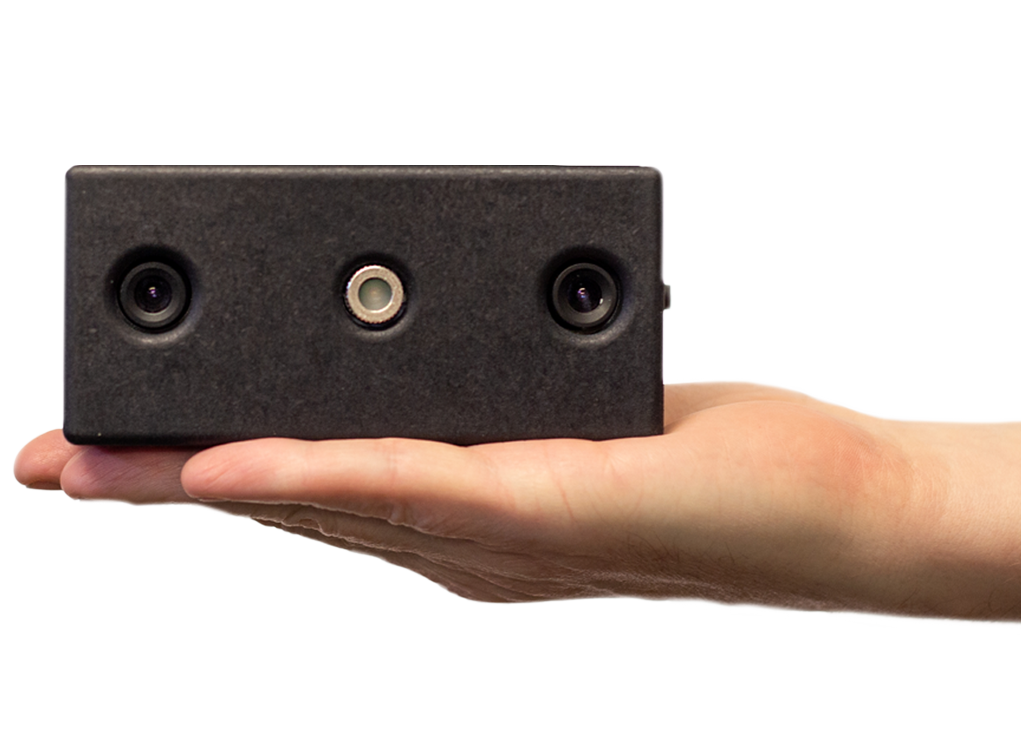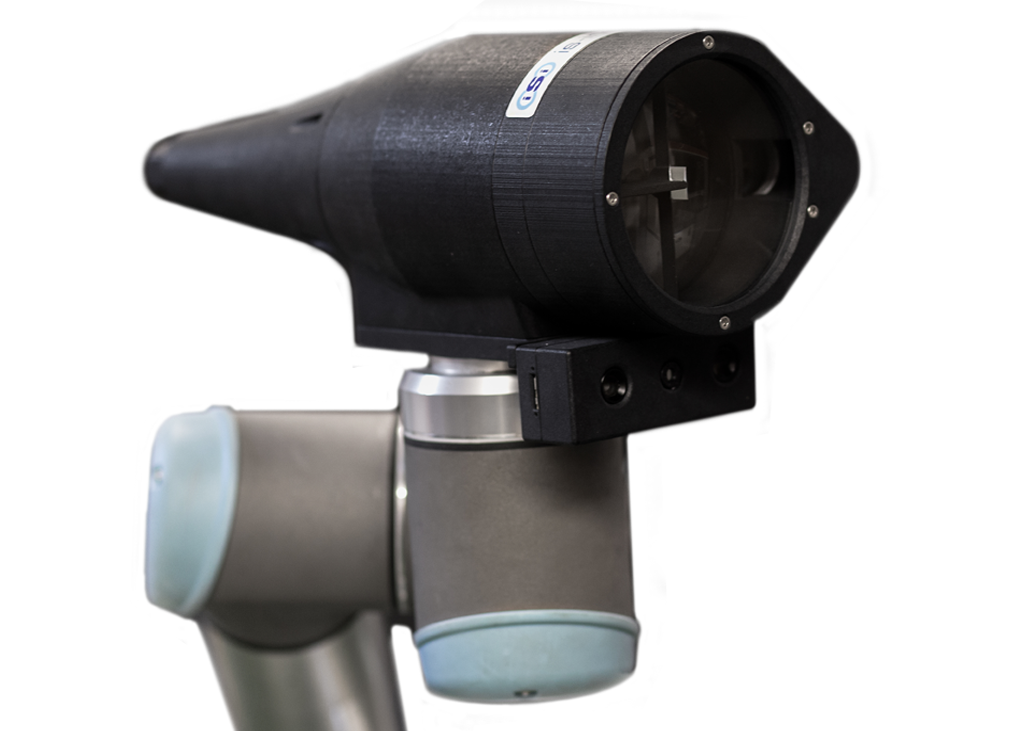Products
Intelligent vision systems
i3D robotics stereo vision solutions
Industry 4.0 demands 3D vision capability
Stereo camera systems play a critical role in automated systems and robotics and are being applied widely in many sectors to provide information more reliably, more accurately, and for indeterminate periods of time. Historically, human operators have had to perform these operations and often, errors enter into the results. Our products deliver reliable, accurate, and repeatable results – and they don’t get tired!
Callisto
Revealing unknown environments – remotely
Robotic technology has been used in various sectors and yet, in spite of the demand for it, the application of robotic systems in unknown environments is limited due to the severe risk an unknown environment presents. Callisto presents an integrated solution to uncover the unknown.
Stereo cameras use two lenses each with a separate image sensor or film frame for each lens, simulating binocular vision. This enables the cameras to triangulate data and form a 3D map of a scene.
The distance between the two lenses (the baseline) determines the extent of the three dimensionality produced. Increasing the baseline reduces the depth of field. This can be compensated with higher camera resolution. However, the greater the amount of data produced the greater the computational load for interpreting the data. To some extent, advancements in GPU technology have mitigated this challenge, opening up new applications for stereo vision technology, using advanced image processing techniques to produce the data in point clouds.
The Fourth Industrial Revolution is seeing the world move towards autonomous systems, automation, and smart industry. Stereo vision cameras extract information to inform robotic systems about their environment so they can perform their functions accurately.
Stereo vision cameras offer several advantages over time-of-flight and LIDAR, including the ability to produce 2D and 3D data. The technology works well indoors or outdoors and produces high-resolution images with good accuracy and at high frame rates. These systems are highly customisable, relatively low-cost, and easy to operate. Stereo cameras can produce millions of 3D points per second at a much lower cost than LIDAR and with no moving parts. Unlike time-of-flight cameras, stereo works seamlessly indoors and outdoors. Since 3D is reconstructed from images, point clouds automatically capture real-world intensity information.
Our stereo vision cameras have been designed to a standard specification capable of meeting the requirements for many applications.
If you have a particular challenge with tight parameters, we are able to tailor our solutions to fit individual requirements.




